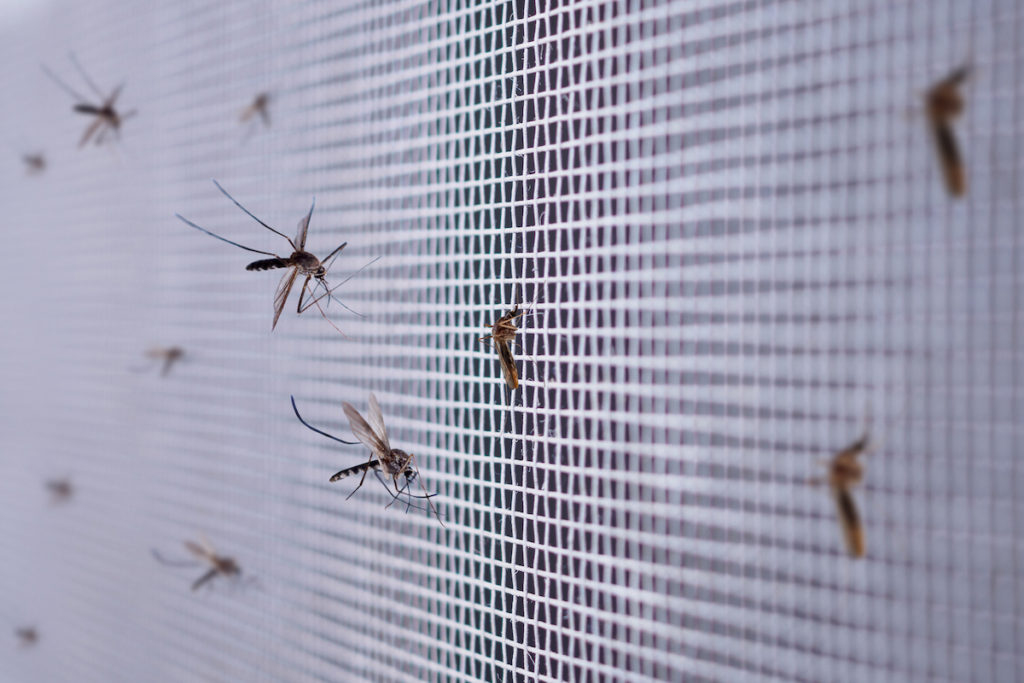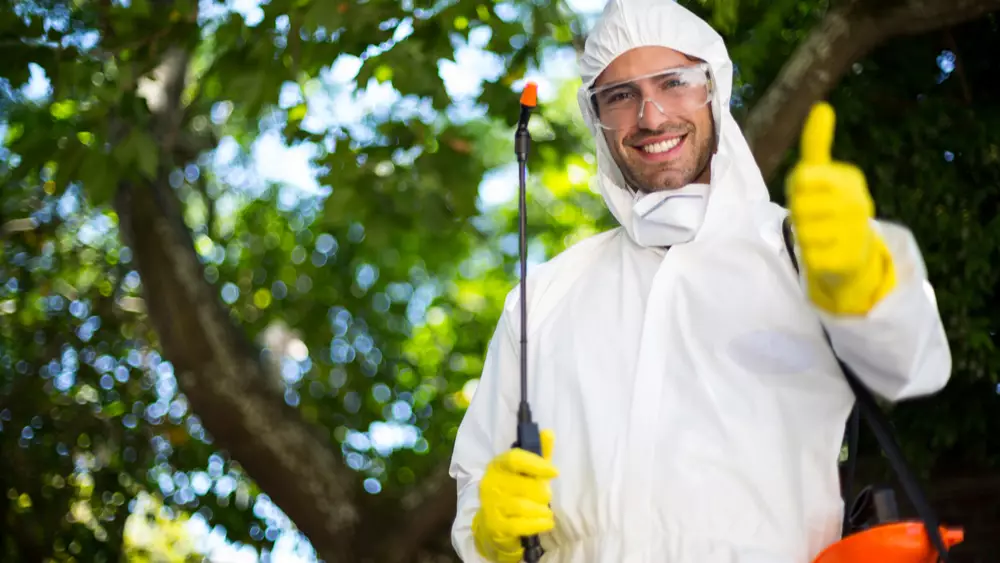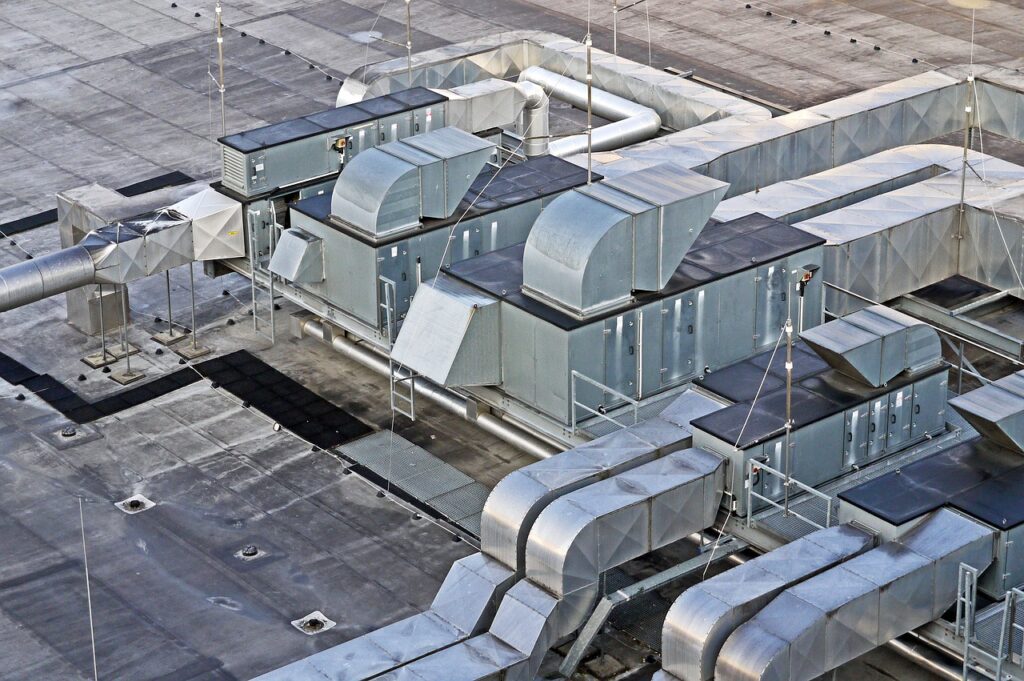The HVAC system is critical to regulating the temperature of your house, regardless of the weather. When this system malfunctions, it can be a frustrating experience to get it repaired. While troubles with various constituent components can be a valid reason for a malfunctioning HVAC system, there could be myriad reasons behind the malfunction, one of them being pests. Most homeowners don’t take them into consideration when it comes to protecting their HVAC systems. So nip this problem in the bud by first identifying the different kinds of pests that may invade your ducts and what you can do to keep them away for good.
Common Pests in HVAC Systems
Rodents
These include pests such as rats and mice. They predominantly populate urban areas, and many find their way into HVAC duct systems. There are numerous problems with having rodents in your HVAC system:
– Rodents are a hotbed of diseases and pathogens which can spread from their droppings. And since you breathe in the air from the HVAC system, having such pathogens is clearly harmful.
– Another thing to consider is that rodents might store rotten food where they live. If not the pests, then the rotting food will lead to bad odor and diseases.
– Lastly, rats and mice are notorious for chewing through everything, including sensitive electrical wiring that operates the HVAC system. And if they succeed, you will need to get professional electrical services to resolve the problem, which can be quite heavy on your pockets.
Insects
The two most common insects that infest the ductwork of an HVAC system are cockroaches and ants. Cockroaches are really difficult to keep out, and once they enter the system through even the smallest of cracks, they are even harder to remove. The main problem with roaches is that they are carriers of bacteria and other harmful pathogens which can be damaging to the inhabitants of a house. Secondly, a particularly large infestation can also cause a lot of noise, consequently disturbing your peace.
Another common culprit is ants. These insects are known to be particularly attracted to the electromagnetic fields emanated by the HVAC systems. Once they nestle and form colonies, they can be quite tough to remove. While they aren’t particularly known for being a hotbed of diseases, ants can still damage your HVAC system, particularly condensers.
Now that you are somewhat aware of some common pests living in your ductwork, the next section will focus on how to prevent their entry in the first place.

Preventive Measures
Regular Maintenance and Cleaning
An untidy home automatically becomes a hotbed for pests and diseases. Therefore, it is critical to thoroughly clean your house regularly and keeping it clean with optimal maintenance. This is key because most pests are scavengers who are attracted to leftover food particles. So if even small particles of foods are lying around, then it is an invitation for these pests to enter your property and nestle in various nooks and crannies.
So cleaning your house rigorously and regularly will keep them away for good. If not, as you go about your cleaning, you might come across signs of pest infestation such as droppings. Thus, if you spot any such signs near your ducts or vents, you know that your HVAC system has a pest problem and you can call pest control right away. Therefore, simple cleaning can prevent as well as solve infestation troubles. If this fails, there are other options you can consider, such as ones stated below.
Sealing Entry Points
While regular cleaning and maintenance is a step in the right direction, preventative measures might be a better alternative to prevent pest contamination. One of the best methods is to seal even the smallest points of entry that might invite pests to enter your HVAC system. This includes spots like vents, flues, doors, windows, and even the smallest cracks and openings in your house.
How can you achieve this realistically? You can consider caulking for sealing up the various cracks and crevices in your house. Caulking is a process of sealing openings and joints to prevent leakages, or in this case, entry of pests. Other alternatives include weather stripping and insulation. Of course, it is impossible to completely seal off all points of entry, but handling the majority of cracks and openings goes a long way to prevent pest infestation. Furthermore, it has the additional benefit of improving the energy efficiency of the HVAC system.
Using Physical Barriers
Apart from sealing potential entry points and keeping a clean house, directly deterring pests from entering your property is also critical. If your vents are exposed to the elements, it goes a long way to add some barriers to prevent rodents or insects from making your HVAC system their new home. The best way to ensure this is by installing screens or meshes at these entry points.
The key is to install a barrier like a wire mesh which is strong enough to withstand the onslaught of rodents without compromising on your ventilation. Copper mesh is an even better alternative as it is not only robust but also has anti-microbial properties, giving you the added benefit of sterilizing bacteria and other pathogens. Of course, installing a wire mesh may not be a foolproof solution for really tiny pests such as ants. For them, sealing off entry points is a better option.
Tigthen Up Your Duct Work
As you might be aware already, the duct work is the most likely spot for pest infestation. The longer and more complex the ductwork, the more difficult it is to keep them out. This is why it is critical to keep your ductwork sealed tight to minimize their chances or entry. This could mean inspecting various panels to see if they are connected properly, checking the screws on your vents to see if they are fastened tightly and much more.
It might also be worth your while to clean your ducts thoroughly from time to time. Don’t do this on your own and enlist the help of professional contractors who will use the appropriate duct cleaning equipment to keep your ducts tidy. Keeping the ducts clean along with sealing all possible entry points can effectively keep out any pests from entering your ducts and damaging your HVAC system. If all else fails, you can always take some professional help.
Professional Solutions for Pest Prevention

Professionals play a key role in removing and keeping away pests for good. Schedule a regular maintenance and cleaning of your HVAC system. Hire the services of an HVAC technician who will do the inspection for you. Not only are they adept at handling any problems pertaining to the system, but they also know what to look for in terms of pests. Depending on what they find, they might recommend a deep cleaning or pest control and you can remain pest-free for years to come.
Pest control professionals of course will effectively address any lingering problems and might also offer you tips or products to keep pests and rodents out in the future. Therefore, enlisting professional help once in a few months is extremely important.
Conclusion
To sum it up, rodents and other pests can create a lot of problems for your HVAC system. Therefore, it is important to keep them out. Using the four above mentioned steps in tandem will help in this endeavor. Lastly, if all else fails, professional HVAC technicians and pest control experts can be considered. Follow these tips and tricks and your HVAC system will remain pest-free.






